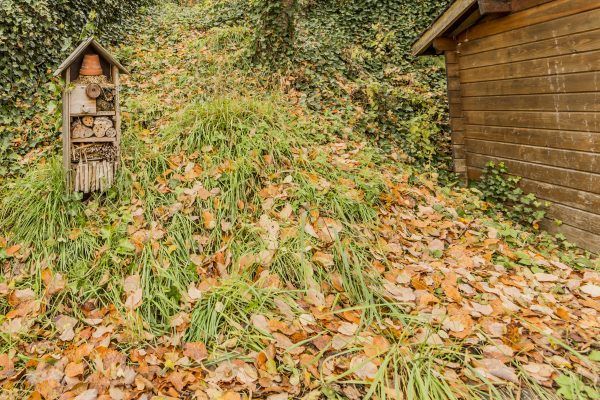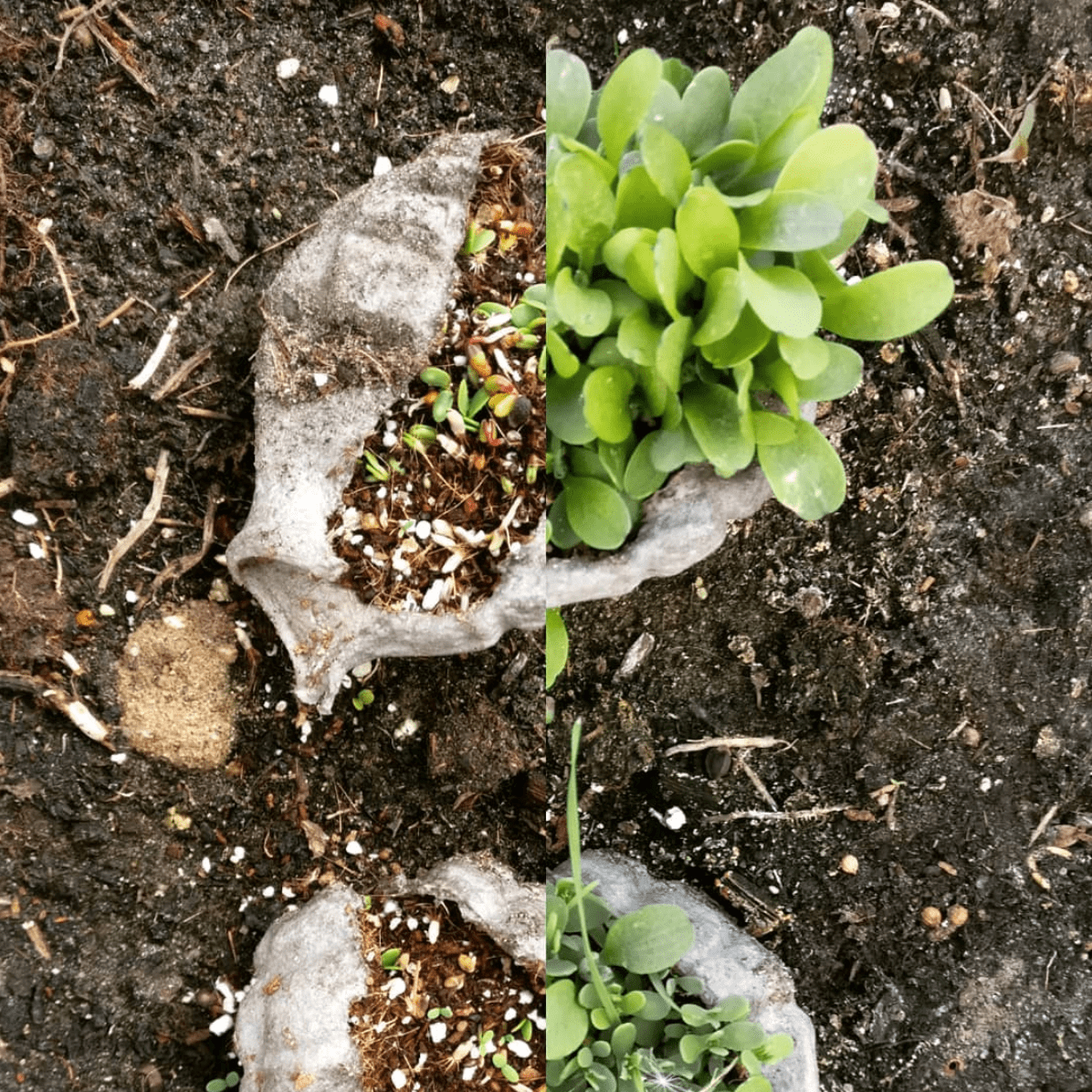Categories
Tags
annual art biennial bio-based biobased biodegradable biodegradable packaging BIRD FEEDING BIRDS butterfly conservation butterfly wildflowers chocolate christmas gifts compostable coo's tail divine divinechocolate eco-friendly flowers gallery gardening gift guide gifts green space kabloom meet the stockist mental health online shopping organic organic chocolate Packaging perennial perfect for pollinators plastic free pollinators save our butterflies scottish seedbom seedbom stockist shopping stockist sustainable gifts thurso URBAN BIRDS WILDFLOWERSArchive

Seedbom Stealth: The Secrets to Autumn planting success!
22nd August 2023
As the long days of summer start to fade and the air turns crisp, gardeners often find themselves pondering the question: Can you plant wildflowers in autumn? We’re going to explore sowing seeds in autumn, which might seem counterintuitive, but with the right knowledge and approach it can be an opportune time to lay the groundwork for a stunning wildflower display. By Spring, you’ll have an impressive bloom that will start to emerge and even better, you’ll be providing a much needed habitat and food source for our pollinators! In this article, we’ll delve into the world of autumn wildflower planting, exploring the benefits, methods, and care required to ensure your wildflower seeds flourish!
Can You Plant Wildflower Seeds in Autumn?
ABSOLUTELY! Autumn planting can provide remarkable results for wildflowers. The key lies in understanding the unique characteristics of these plants and their relationship with the changing seasons. While many gardeners opt for spring planting, autumn presents a window of opportunity that can lead to strong root development before winter sets in.
Best Way to Plant Wildflower Seeds in Autumn:
To ensure success with autumn wildflower planting, you should follow these steps:
- Site Selection: Choose a location with well-draining soil that gets some sunlight. Wildflowers thrive in sunny spots.
- Soil Preparation: Clear the area of any weeds and debris like rocks or stones. Loosen the soil to a depth of about 4-6 inches to allow for good root penetration.
- Seedbom Sowing: Soak your Seedbom as normal. You can still throw it, but make sure it breaks apart on the soil. Spread the wildflower seeds evenly over the prepared soil area and lightly press them into the soil to make good seed-to-soil contact.
- Mulching: A thin layer of mulch can help retain moisture and protect the seeds from harsh weather conditions.
- Watering: Keep an eye out that the soil doesn’t become waterlogged, and if it’s dry consider watering the area about once per week.
Caring for your Autumn-Planted Seedboms:
Once your Seedboms are nestled in the soil, a bit of care can go a long way:
- Water Wisely: Regular, gentle watering is essential. We’d say go for once a week if there hasn’t been much rain… but remember, this is the UK so the chances are we’ll have plenty of the wet stuff! Balance is key.
- Weed Management: Keep an eye out for those pesky weeds – they may compete with your wildflowers! Regular weeding will keep competition at bay.
- Mulch Maintenance: Ensure that the mulch layer remains thin and doesn’t smother any emerging seedlings.
- Winter Protection: As winter approaches, some wildflowers might start to sprout. Applying a protective layer of straw can safeguard these tender shoots from frost.
Autumn planting offers a host of benefits:
- Robust Root Development: Seeds sown in autumn establish strong root systems during mild temperatures, ensuring resilient and well-anchored plants.
- Reduced Water Stress: Cooler conditions and lower evaporation rates minimise water demand, aiding seed germination and early growth.
- Early Advantage: Autumn-sown seeds will gain a head start, utilising remaining warmth for vigorous growth and leading to earlier and more abundant blooms.
- Weed Suppression: Cooler temperatures limit weed growth, granting newly sown seeds an environment with less weed competition.
- Pollinator Support: Many pollinators remain active in autumn, and early-blooming plants provide vital nourishment, aiding their survival and fostering ecosystem health.
- Life Cycle Synchronisation: Autumn planting mimics nature’s rhythm, optimising the wildflower’s life cycle and ensuring readiness for winter and subsequent growth.
Environmental Benefits of Autumn Planting:
The benefits of autumn wildflower planting extend way beyond your garden’s boundaries! By growing seedlings in autumn, you can become an Environmental Champion:
- Early Establishment: Autumn planting allows roots to establish before the harshness of winter sets in. This sets up your wildflowers for robust spring growth.
- Pollinator Support: Some pollinators, like bees and butterflies, remain active during autumn. Any wildflowers that flower later on in the season help pollinators stockpile nectar to see them through the winter months. Earlier blooms in Spring provide them with VIBee access to food sources as they come out of hibernation.
- Ecosystem Health: Wildflowers create habitat diversity, encouraging a wide range of beneficial insects and wildlife, ultimately bolstering ecosystem resilience.
Our Favourite Seedbom Mixes:
If you’re eager to get out and get planting in Autumn, check out these Seedboms! Our Cornflower Fairylights, Rainbowbom and Firebom Seedboms will give a dramatic burst of colour early on in the Spring. All of our Seedboms contain a wonderful variety of wildflower seeds, with many including a blend of native species such as cornflowers, poppies, and corn marigolds. Check out the RHS guide to find out the hardiest seed varieties!
You should try: Pollinator Beebom, Butterflybom, Cornflower Fairy Lights, Rainbowbom and Firebom!
Summary:
Planting in Autumn holds a treasure trove of possibilities, and growing wildflower seeds is no exception. With the right approach and a bit of planning, you can successfully plant wildflower seeds in Autumn and reap the rewards of your incredible blooming creation into the Spring and Summer months!
So, as the leaves fall and the days grow shorter let your garden come alive with the promise of wildflowers and know that you’re helping our birds, bees and butterflies! You can embrace autumn wildflower planting with Seedbom, and watch as your garden transforms into a haven of colour and life.
Don’t forget to share your wondrous wildflower creations with us by entering our #PhotoBom competition! Prizes available for the best pics EACH MONTH!


 Login / Register
Login / Register 


